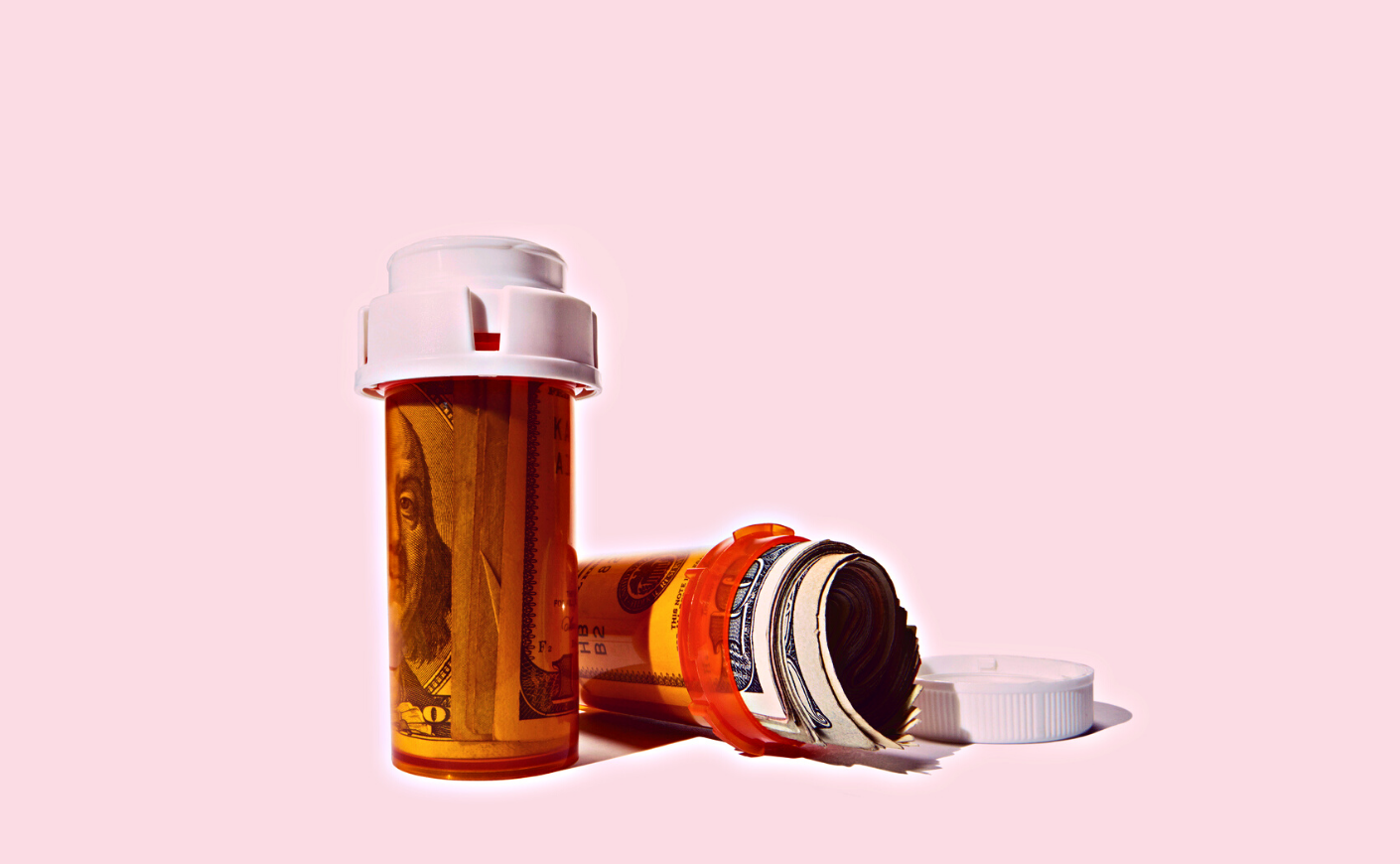We’ve all heard stories about terrifying, surprising medical bills. It’s an issue that’s persisted for years and plunged millions of Americans into bankruptcy. Here’s a look at the problem, and how people are battling to stay afloat amid mounting medical debt.
Sticker shock:
The Lanes’ premature baby died in the hospital — then they were hit with a $257,000 bill. It’s an infuriating case, but sadly not an uncommon one. Medical debt in the U.S. has ballooned to $140 billion, per a recent study, and is now the top cause of bankruptcy. According to a 2020 study by the American Journal of Public Health, two-thirds of Americans who file for bankruptcy say that medical debt was involved in their decision. About one-third of the GoFundMe campaigns on the fundraising site are for medical bills. And surprise medical bills can be especially destabilizing.
What’s behind surprise medical bills?
Most surprise medical bills occur when an out-of-network provider becomes unexpectedly involved in a patient’s care. (Like if you were to visit a hospital that accepts your insurance, but are then treated by a doctor who doesn’t — and who then bills you directly.)
What’s being done about the issue?
Congress passed a ban on a common type of surprise medical bill. But that doesn’t go into effect until 2022. In the meantime, some have — surprisingly enough — turned to TikTok for guidance. (One viral video explains a little-known exemption for low-income patients.) Some nonprofits like RIP Medical Debt, which this week agreed to pay off $225 million in overdue bills, have also stepped up to the plate. One nonprofit, Dollar For, advocates on behalf of patients with medical debt, and says that it’s helped eradicate more than $10 million in debt since its inception.









